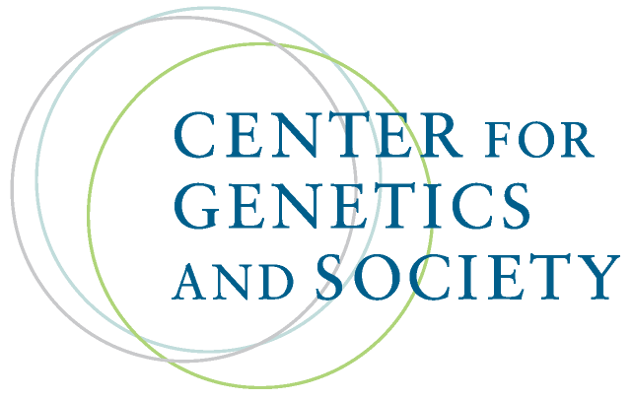21st Century Olympic Doping
By Robin Donovan,
NEO.LIFE
| 07. 22. 2021
Gene editing for performance enhancement may not be the Tokyo cheat, but we asked the experts how far off it might be.
Photo by Serena Repice Lentini on Unsplash
The 2020 Summer Olympics in Tokyo, finally set to kick off this week, have already been upended. After waiting an additional year to qualify, Games athletes will now compete in largely empty venues in an event sparked not by the running of a torch, but a series of closed-door ceremonies. Meanwhile, athletes hope to avoid joining a growing number of competitors who have tested positive for COVID-19 since arriving in Tokyo. Victors will accept gold medals passed to them on trays. Even the specter of cheating has evolved. As technologies like CRISPR leap ahead, a newer threat looms, unsteadily: gene doping.
The World Anti-Doping Agency (WADA) recently barred U.S. track star Shelby Houlihan from the Olympic trials after she tested positive for steroids—which Houlihan blamed on a pig organ meat burrito. The agency also banned sprinter and gold medal favorite Sha’Carri Richardson after she tested positive for THC. In addition to those traditional banned substances, WADA has long banned genetically modified cells and alterations of genome sequences or gene expression “by any...
Related Articles
By Liyan Qi and Jonathan Cheng, The Wall Street Journal | 03.26.2025
photo via Wikimedia Commons licensed under CC by 3.0
Chinese scientist He Jiankui set off global outrage and landed in prison after he skirted ethical guidelines and claimed he had produced genetically modified babies designed to resist HIV infection.
Now, the self-styled ...
By Anna Louie Sussman, The New York Times | 03.25.2025
On June 24, 2022, the same day the Supreme Court issued its decision in Dobbs v. Jackson Women’s Health Organization, I received a call from the fertility clinic where I’d been undergoing in vitro fertilization, informing me that seven of...
By Michael Gibney, PharmaVoice | 03.20.2025
The death this week of a teenager receiving Sarepta Therapeutics’ gene therapy Elevidys for Duchenne muscular dystrophy is a tragic reminder of the stakes involved in cutting-edge biotech innovation.
While gene therapies like Sarepta’s offer an opportunity to treat and...
By Staff, The Medicine Maker | 03.21.2025
"The Promise and Peril of CRISPR" cover by Johns Hopkins University Press
As a paediatrician taking care of children with sickle cell disease, Neal Baer, a Harvard Medical School graduate, was in awe of the power of CRISPR technologies. Later...




